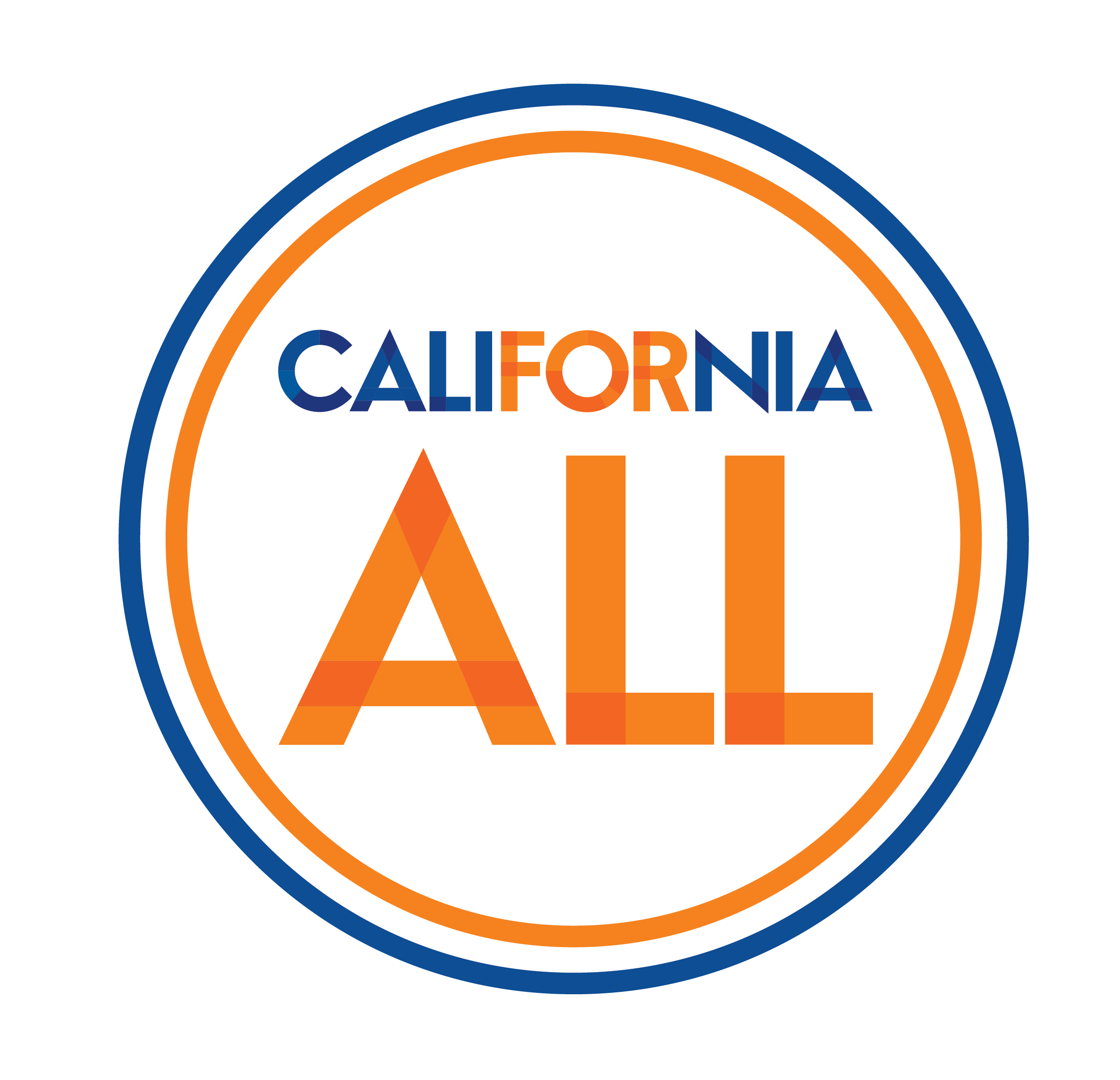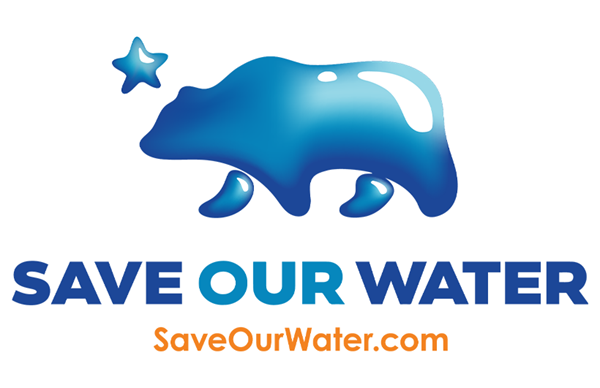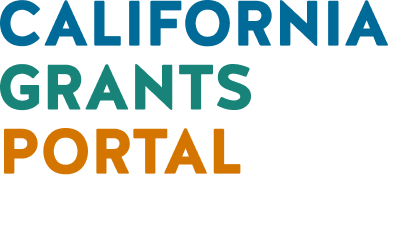California Environmental Protection Agency
Popular links
Focus on Climate
Water News & Resources
Environmental Justice
Environmental Complaints
News & updates
Governor Newsom issued an Emergency Proclamation on March 1, 2025, to confront the severe, ongoing risk of catastrophic wildfires that threaten public safety and the environment across California.
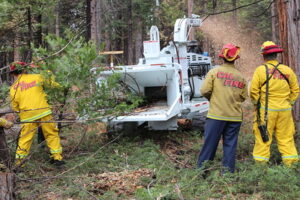
It authorizes the secretaries of the California Environmental Protection Agency (CalEPA) and the California Natural Resources Agency (CNRA) to determine which projects are eligible for suspension of certain requirements to expedite critical fuels reduction projects within the state, while still protecting public health and the environment. To advance this vital work, CalEPA and CNRA have created an expedited application review process. Learn more.
CalEPA announces order holding Chiquita Canyon Landfill operators accountable for environmental crisis
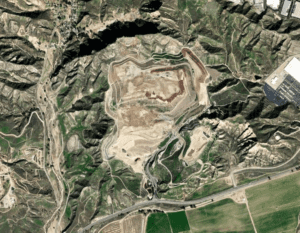
The California Environmental Protection Agency (CalEPA) announced significant actions by two of its departments to continue holding Chiquita Canyon Landfill operators accountable for containing the facility’s subsurface elevated temperature event (reaction) and for minimizing potential release of hazardous liquids (leachate) from the landfill. Read the press release. (4/1/25)
CalEPA Secretary joins other California and subnational leaders calling for more urgent climate action at COP29

During the 29th meeting of the Conference of the Parties (COP29) to the United Nations Framework Convention on Climate Change (UNFCCC), California Secretary for Environmental Protection Yana Garcia, along with other state officials, joined representatives from across the globe to stress the need for urgent, bolder climate action and share California’s experience in tackling climate challenges and advancing solutions. Read the press release. (11/15/24)


